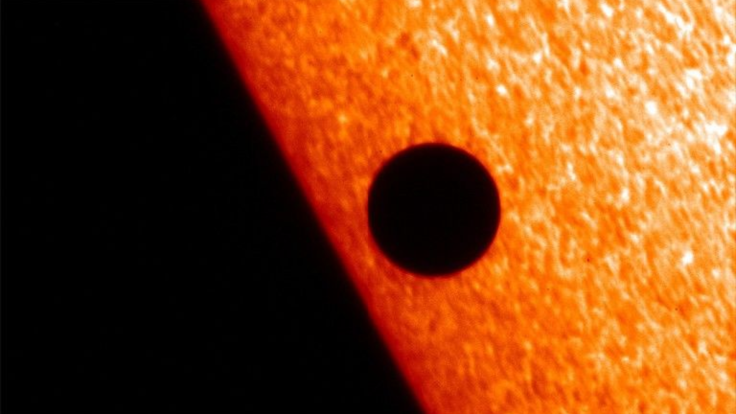3I/ATLAS to Face Its 'Acid Test'—Loeb Says Halloween Could Bring Answers
Loeb's prediction adds intrigue to NASA's monitoring of 3I/ATLAS, with scientists preparing to study how the object behaves under intense solar heat.

The interstellar object 3I/ATLAS will reach its closest point to the Sun on 29 October 2025, a moment astronomers call perihelion. This rare passage marks the midpoint of its journey through the Solar System — and, according to Harvard astrophysicist Avi Loeb, could finally reveal whether this mysterious visitor is a natural comet or something artificially engineered.
In a statement today, Loeb described the upcoming weeks as the object's 'acid test,' suggesting that the Sun's intense radiation will expose its true nature.
Most scientists, however, continue to maintain that 3I/ATLAS behaves like a natural interstellar comet, showing no credible evidence of technology or artificial origin.
A Critical Moment for Observation
At roughly 203 million kilometres (1.36 AU) from the Sun, 3I/ATLAS will experience around 740 Watts per square metre of solar radiation, enough to fragment a loosely bound icy body. Loeb says that if the object survives intact, it might suggest a more rigid, possibly manufactured structure.
'If it breaks apart, it's glued together by weak forces. If not, perhaps something more durable,' he said in a post outlining his hypothesis.
Astronomers expect any natural comet to brighten dramatically as its icy surface vaporises, releasing gas and dust to form a glowing plume. Loeb, however, has urged scientists to look for 'technological signatures' such as:
- Controlled or non-ballistic motion
- Heat is inconsistent with solar reflection
- Unusual light emissions
As of now, no such anomalies have been reported by NASA's Jet Propulsion Laboratory or the European Space Agency.
The object will remain hidden behind the Sun during perihelion, making it temporarily unobservable from Earth until early November. Loeb speculated that if an intelligent civilisation had guided its trajectory, this hidden phase would be 'the perfect opportunity' to deploy mini-probes using gravitational assist — a claim that mainstream astronomers dismiss as speculative.
A Trojan Horse Analogy

Loeb, who heads Harvard's Galileo Project, has warned policymakers to consider low-probability but high-impact possibilities. In a white paper co-authored with researchers Omer Eldadi and Gershon Tenenbaum, he likened 3I/ATLAS to a 'Trojan Horse', potentially harmless in appearance yet concealing technology within.
Appearing on Fox News America's Newsroom, Loeb said:
'The city of Troy would have been better served if its guardians had not been fooled by the external appearance of the Trojan Horse.'
The Galileo Project team has been analysing atmospheric and telescope data from its three observatories for any 'anomalous activity' coinciding with the object's solar encounter. So far, no irregular detections have been reported.
Trajectory Beyond the Sun
After completing its perihelion, 3I/ATLAS will travel toward Venus, coming within 97 million kilometres (0.65 AU) on 3 November 2025, before reappearing in Earth's skies. Its closest approach to Earth is expected on 19 December 2025, at a distance of 267 million kilometres (1.8 AU). The object will then continue toward Jupiter, reaching within 54 million kilometres (0.36 AU) on 16 March 2026.
While spacecraft such as NASA's Juno and ESA's JUICE could potentially gather incidental data, neither agency has confirmed plans for direct observation.
Most planetary scientists believe 3I/ATLAS's behaviour conforms perfectly with gravitational and thermodynamic predictions, classifying it as a natural interstellar comet. Loeb's suggestion that it could be a mothership or probe remains unverified and highly speculative.
Looking Ahead
As Halloween 2025 coincides with its closest solar encounter, global observatories are poised to monitor every movement of 3I/ATLAS. Whether it shatters under solar stress or remains intact, its passage will deepen understanding of interstellar visitors.
For Avi Loeb, the event is a cosmic reminder, as he put it, 'to stay modest in our cosmic neighbourhood.'
For scientists worldwide, it is less a reason for alarm than a rare opportunity to study how the universe sends us messages from beyond our Sun.
© Copyright IBTimes 2025. All rights reserved.


















